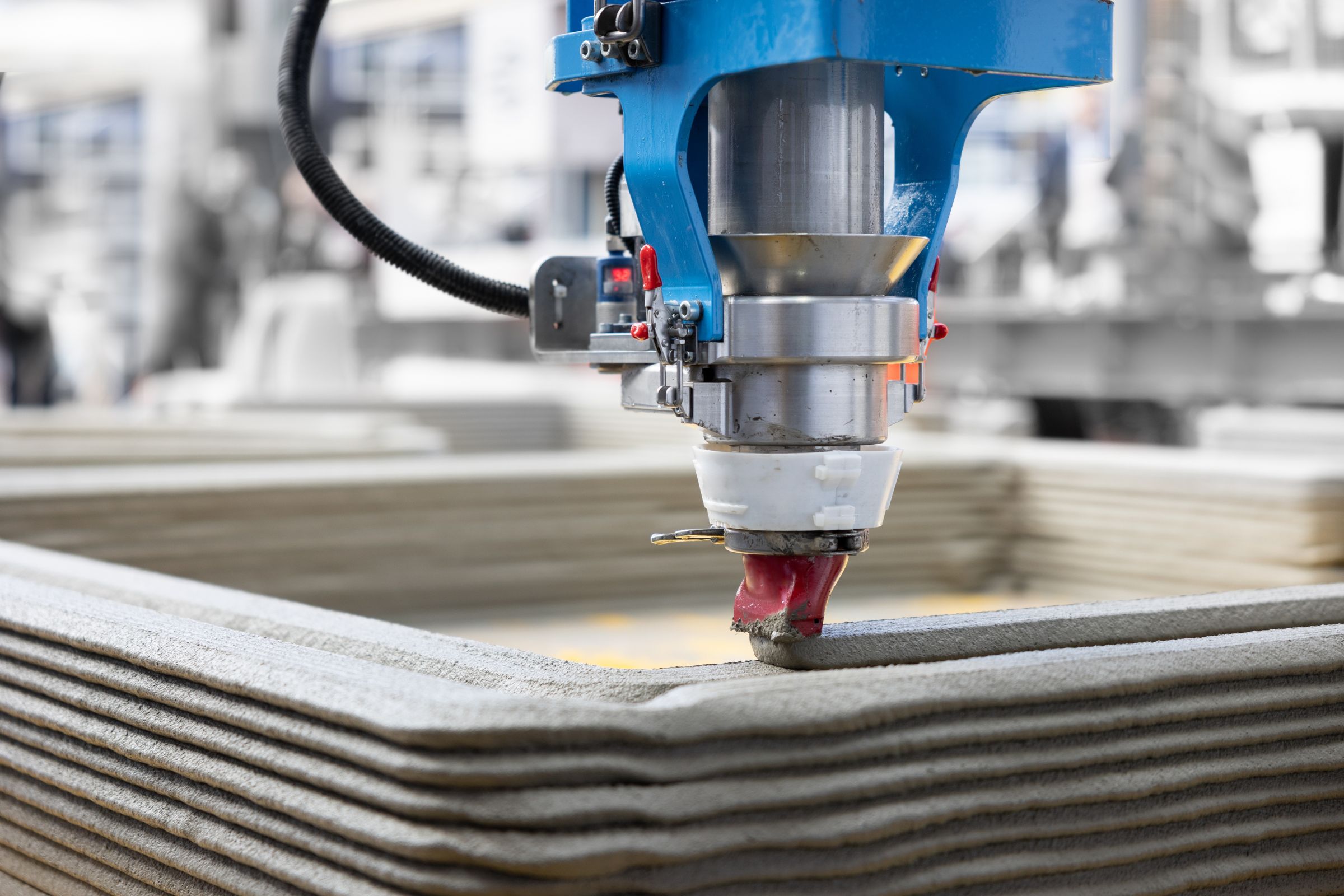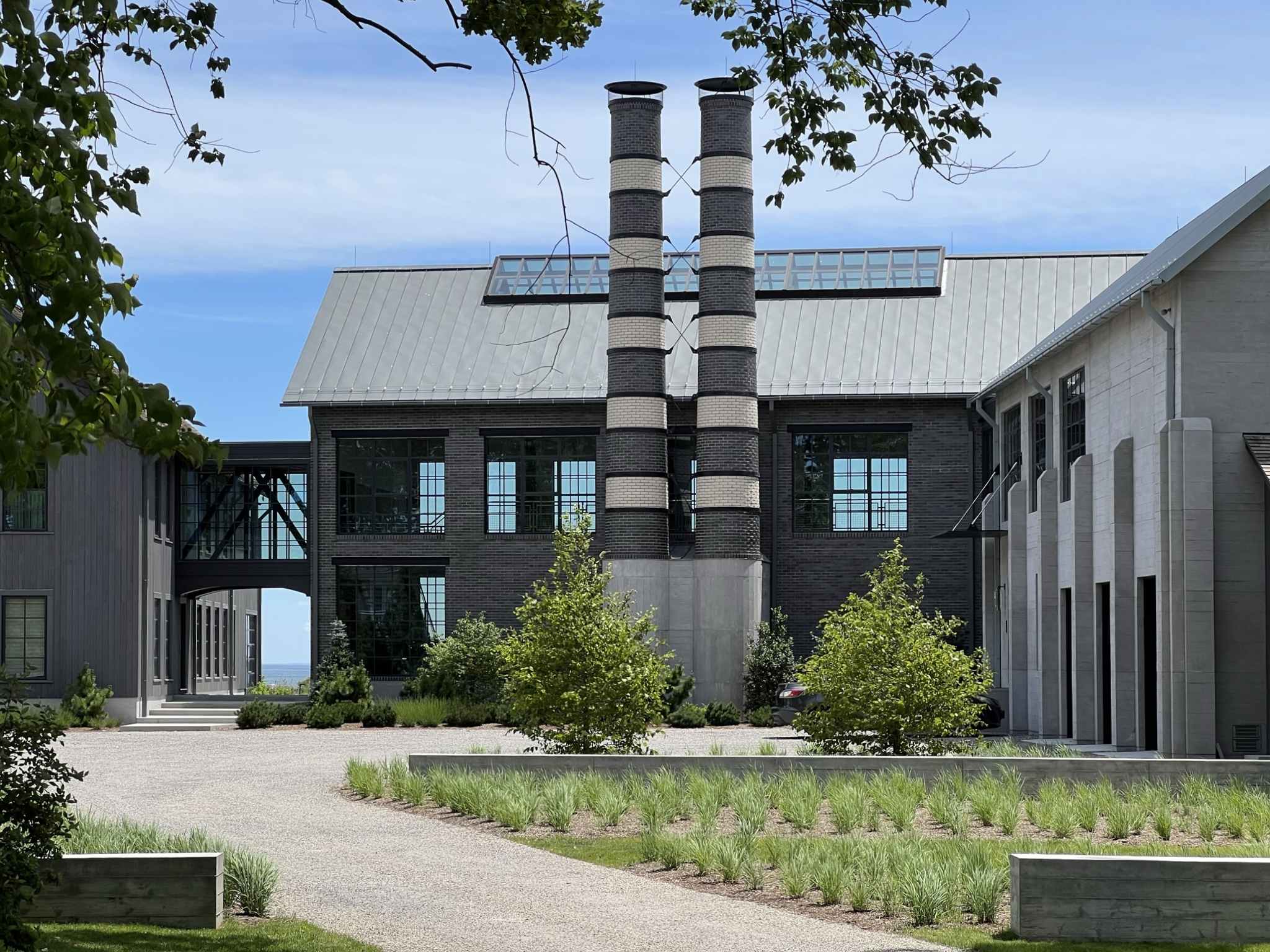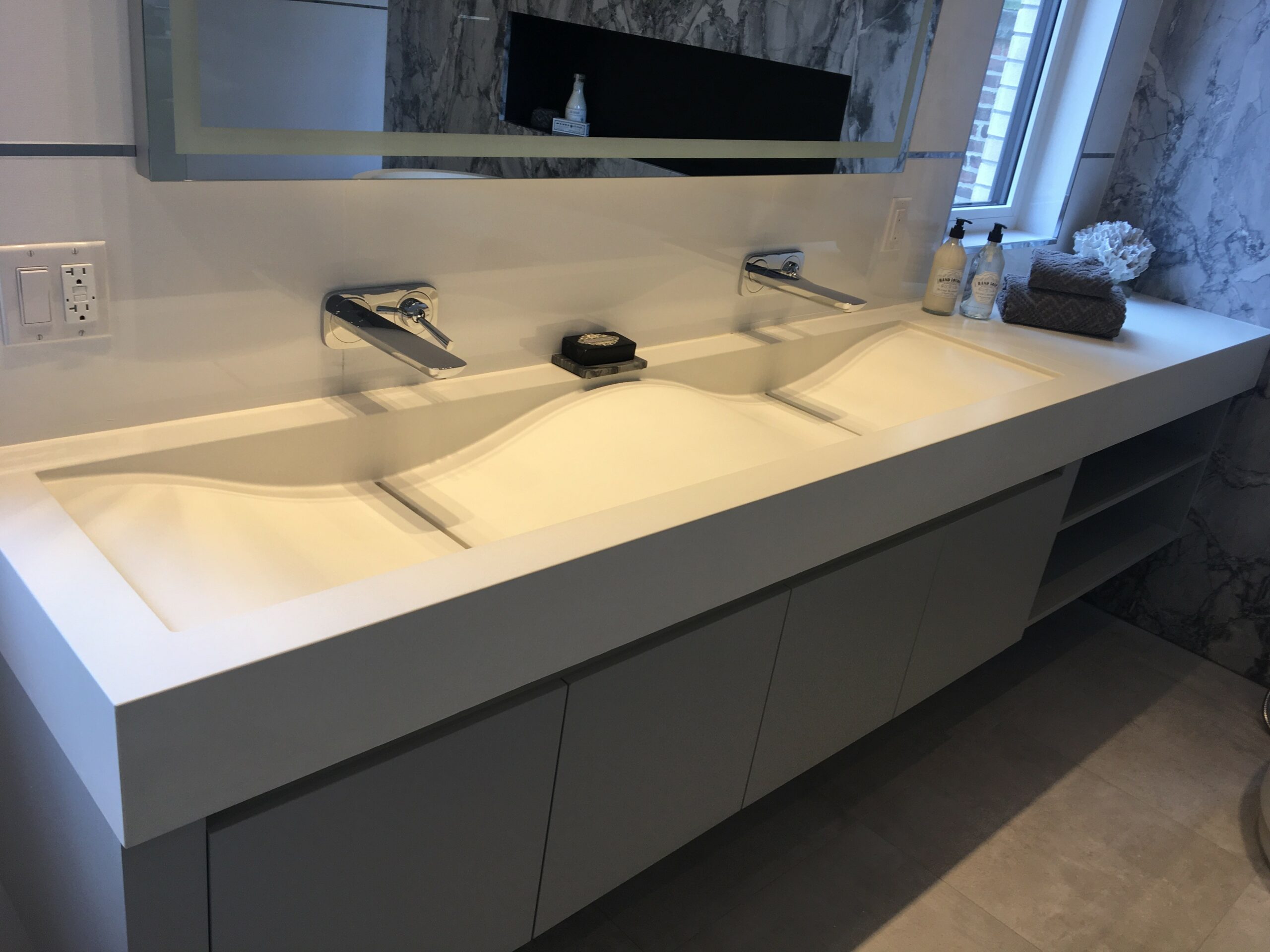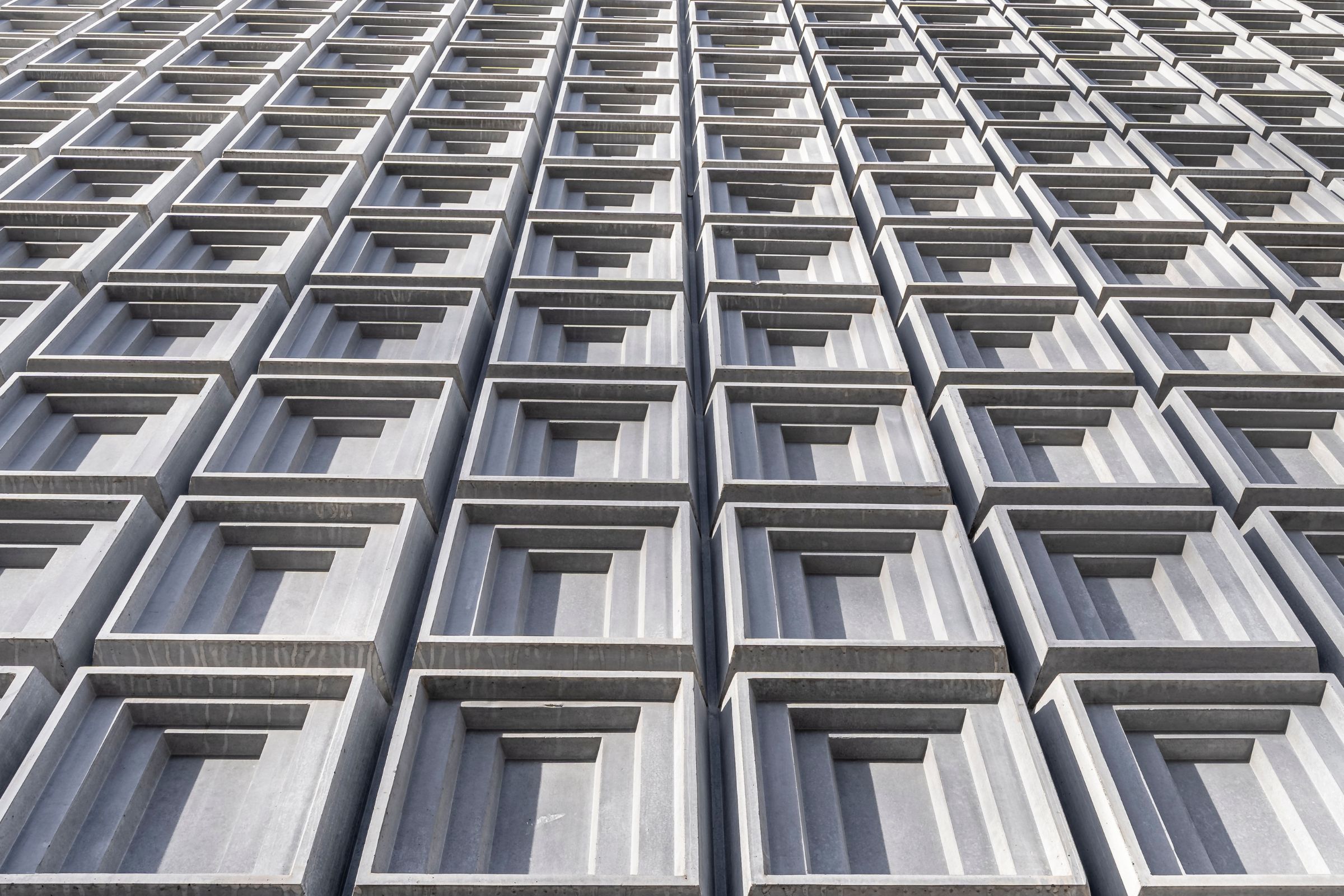In modern construction, fire safety is a critical consideration when selecting building materials, particularly for exterior wall surfaces and cladding…

Introduction to 3D Fabrication and Its Importance in Concrete Construction
As architecture continues to evolve, so do the tools and methods used in construction. 3D fabrication services have emerged as one of the most transformative innovations, particularly in architectural concrete design. These services allow for a level of precision and customization that was previously unimaginable, enabling architects to bring their most ambitious designs to life. This technology is especially valuable in dynamic markets like New York (NY), where the demand for innovative architectural solutions is constantly growing.
Traditional vs. 3D Fabrication Methods in Architecture
For many years, traditional concrete construction methods, such as formwork and manual casting, dominated the industry. While effective, these methods often posed challenges, including longer production times, higher labor costs, and limitations in design flexibility.
With the advent of 3D fabrication, these challenges are being addressed head-on. Unlike traditional methods, 3D fabrication services utilize advanced digital modeling tools to create highly detailed and customized components. For instance, 3D concrete panels can now be fabricated with unparalleled precision, ensuring that each panel perfectly fits its intended space. These services are particularly useful in NY, where architectural projects demand both aesthetic appeal and efficiency.
Benefits of 3D Fabrication for Architectural Concrete
Precision and Accuracy
One of the most significant advantages of 3D fabrication services is the precision it offers. The ability to digitally model architectural elements ensures that every component is created exactly as designed, down to the smallest detail. This level of accuracy is essential in creating complex and intricate designs, such as 3D concrete panels, which are frequently used in high-profile commercial projects.
Customization and Flexibility
Traditional construction methods often restrict design options, limiting creativity. In contrast, 3D fabrication allows for extensive customization. Architects can now create bespoke features for their projects, whether it’s a unique façade or custom-built architectural elements. This flexibility is particularly appealing in NY, where unique and cutting-edge designs are highly sought after.
Material Efficiency
Another key benefit of 3D fabrication is material efficiency. By calculating the exact amount of concrete needed for a project, 3D fabrication services help reduce material waste, making the construction process more sustainable. This is crucial not only from an environmental standpoint but also for cost savings on large-scale projects.
Case Studies of Successful 3D Fabrication Projects
3D fabrication services in NY have already been utilized in several high-end architectural projects. For example, one commercial building in Manhattan incorporated custom 3D concrete panels into its façade. These panels not only enhanced the building’s aesthetic appeal but also improved its durability and energy efficiency. The use of architectural concrete in this project allowed the design team to achieve a level of detail that would have been impossible with traditional methods.
In another project, custom 3D molds were used to create intricate concrete structures for a public space in Brooklyn. The ability to fabricate detailed and consistent components quickly made 3D fabrication the ideal solution for this large-scale development.
Why Architects Should Adopt 3D Fabrication
The rise of 3D fabrication services marks a new era in architectural concrete design. By offering greater precision, flexibility, and material efficiency, 3D fabrication allows architects to realize their most ambitious projects without the limitations of traditional methods. For architects in NY and beyond, adopting 3D fabrication can lead to innovative designs, faster project completion, and cost savings.
As the construction industry continues to evolve, it’s clear that 3D fabrication is not just a trend—it’s the future. Architects looking to stay ahead of the curve should consider integrating this cutting-edge technology into their workflow, ensuring that their designs remain at the forefront of modern architecture.



